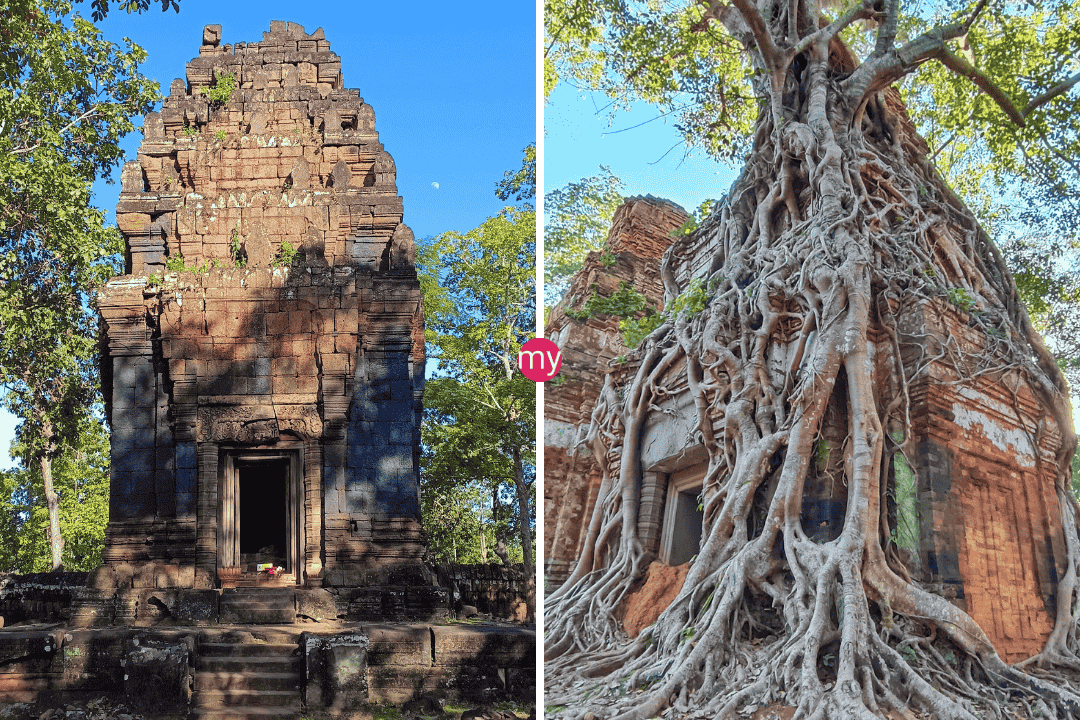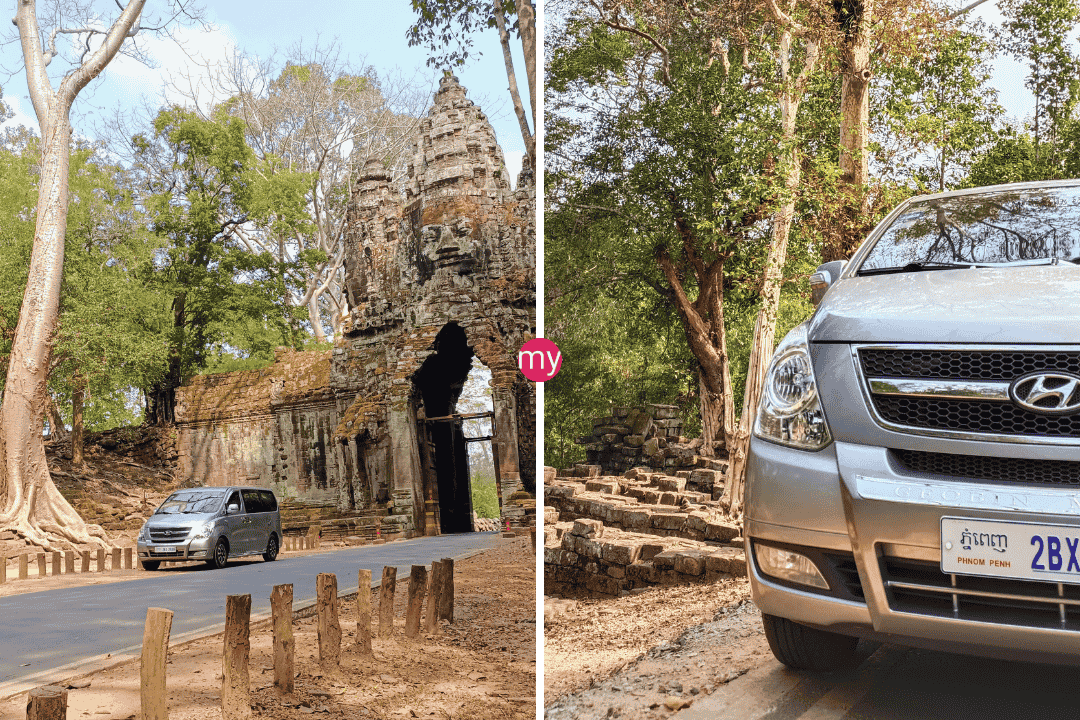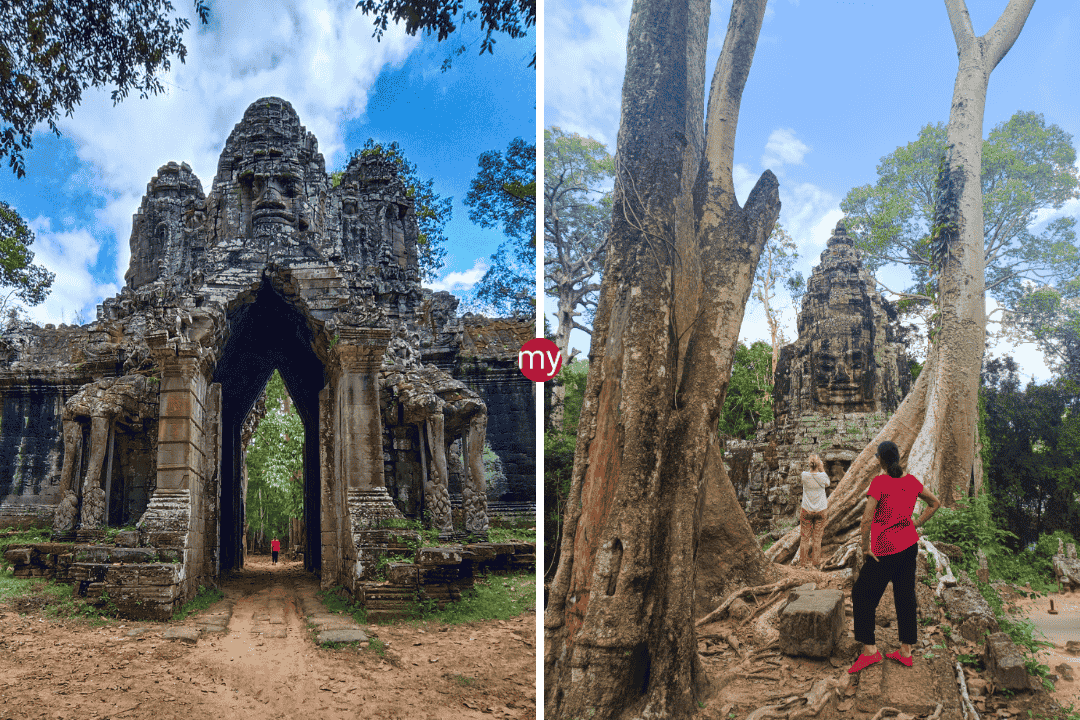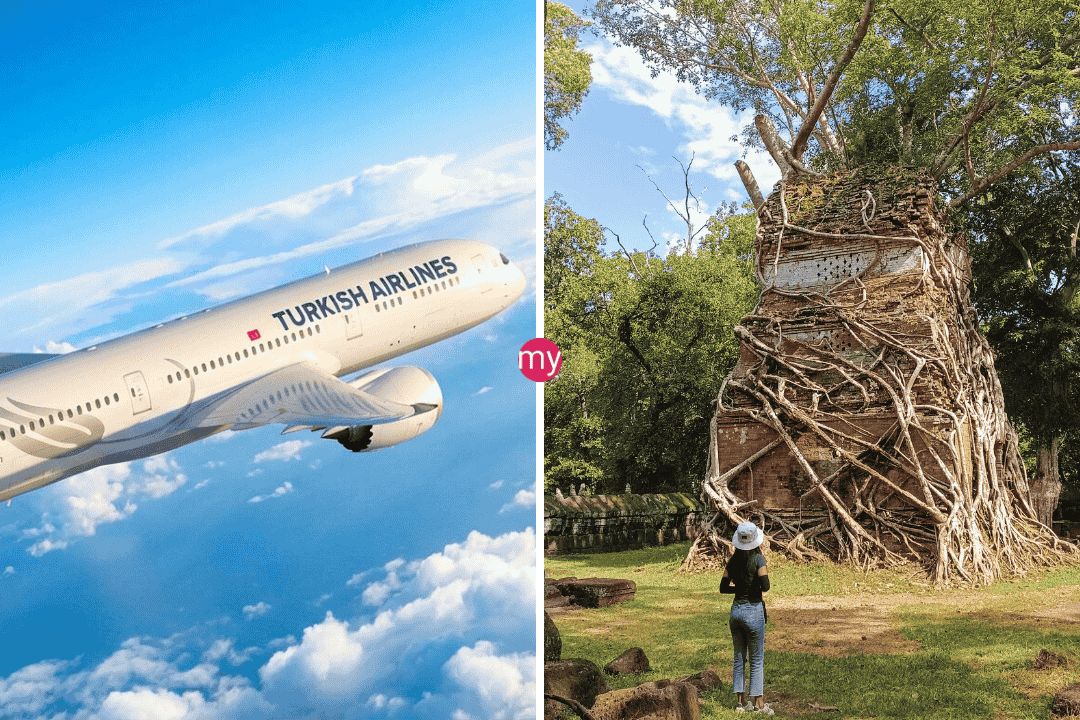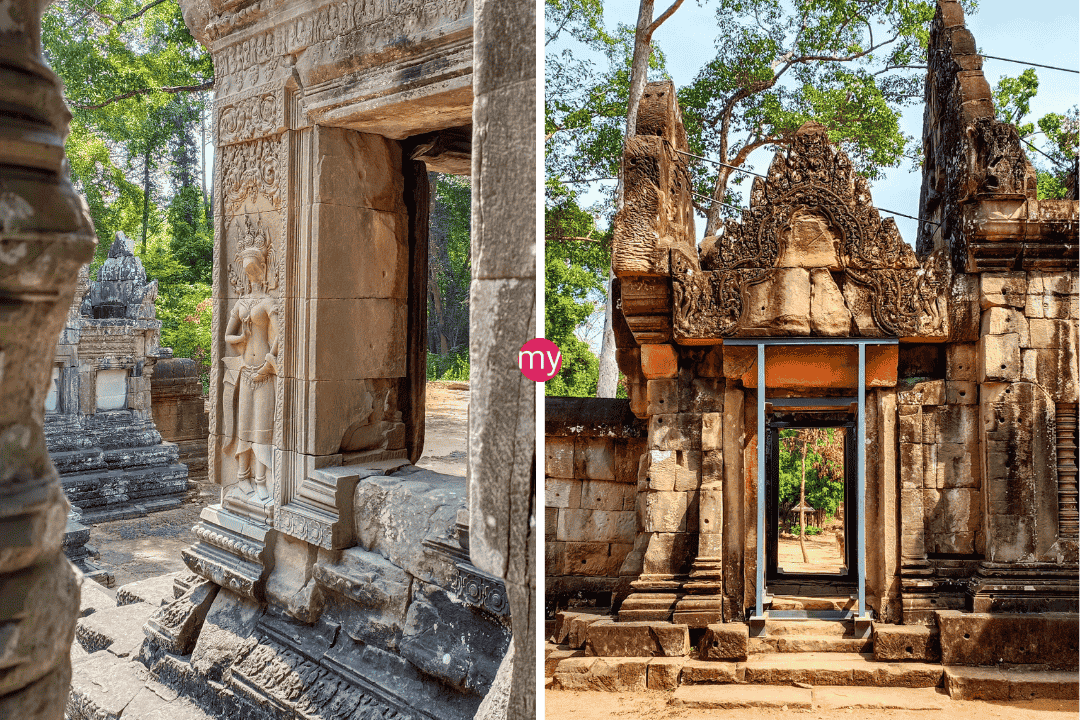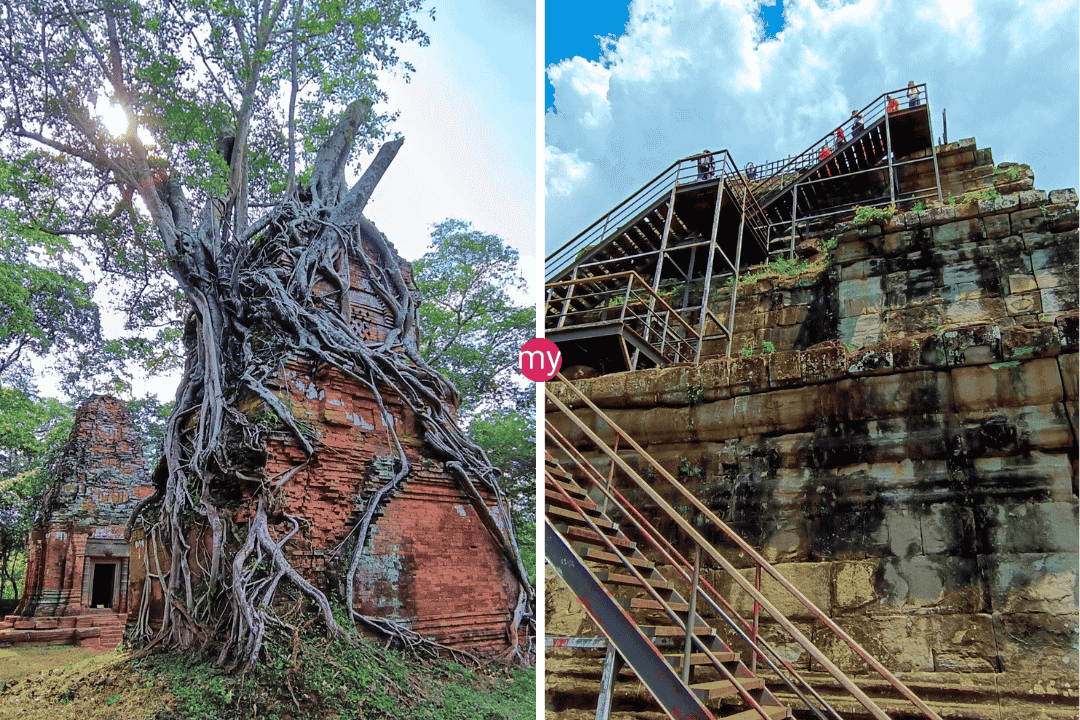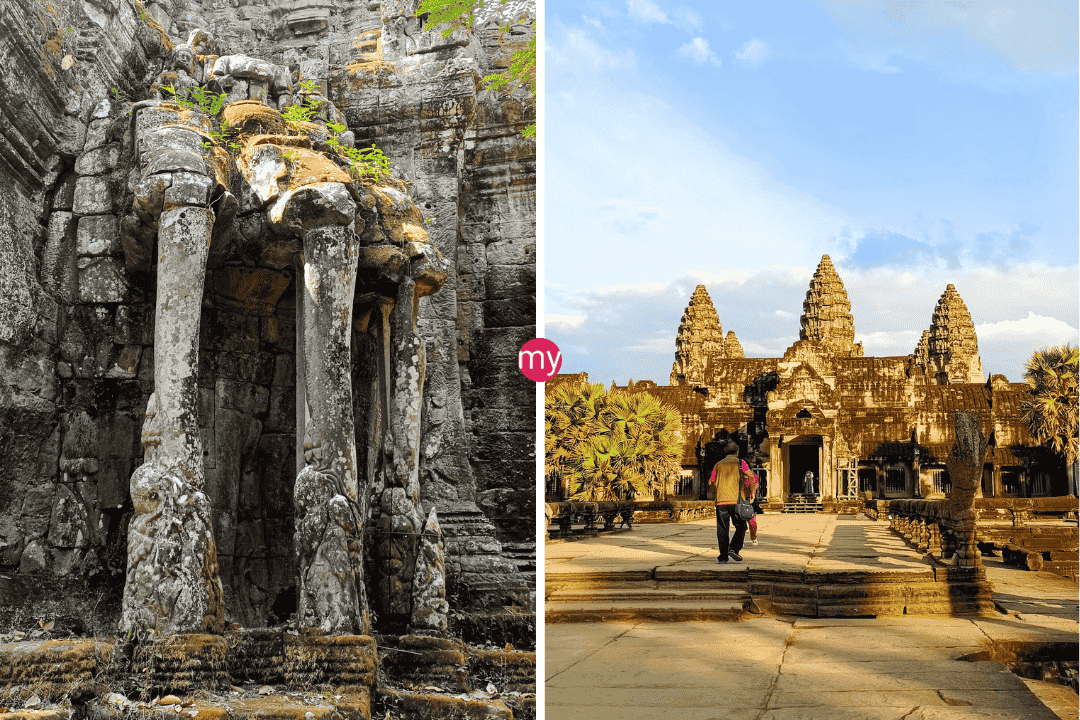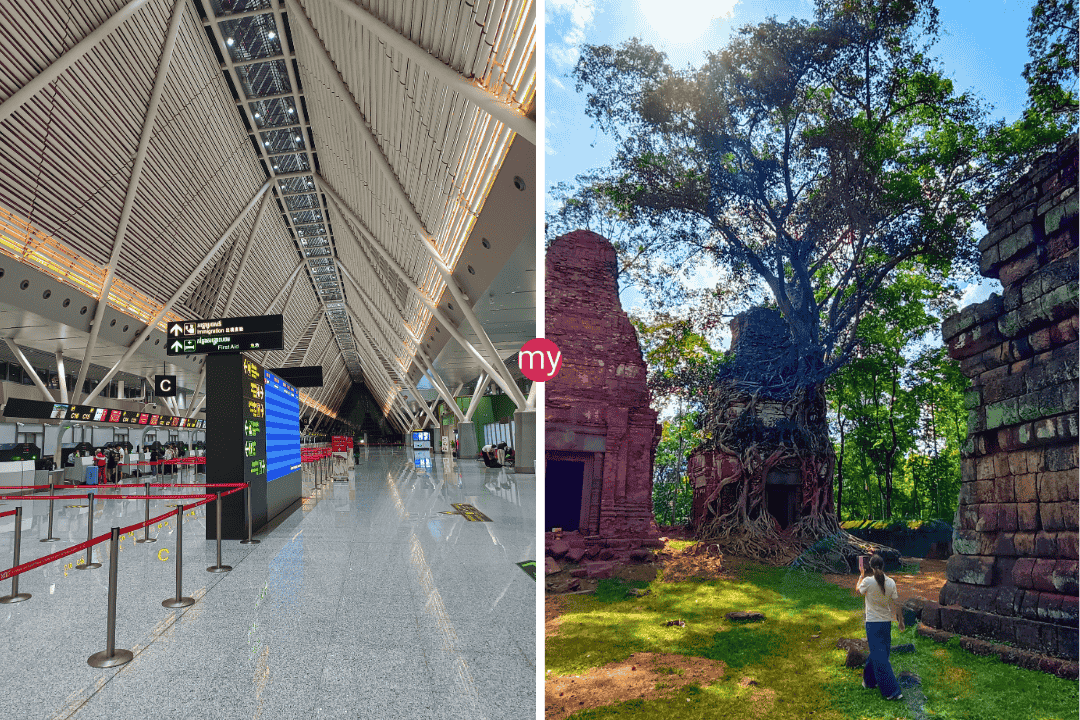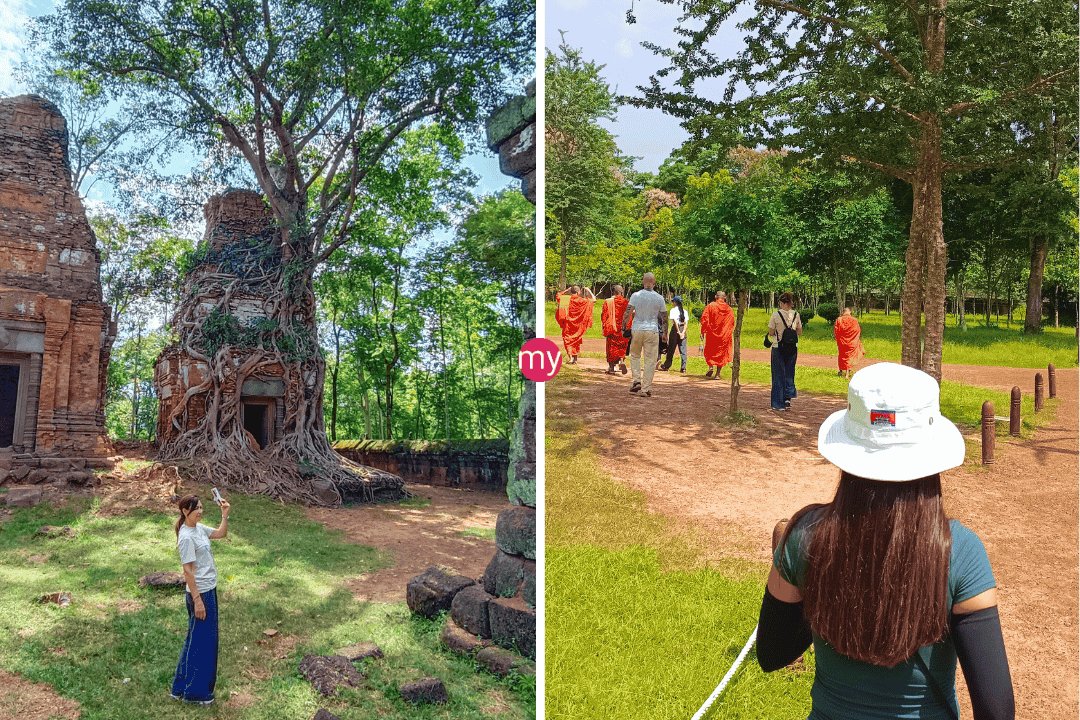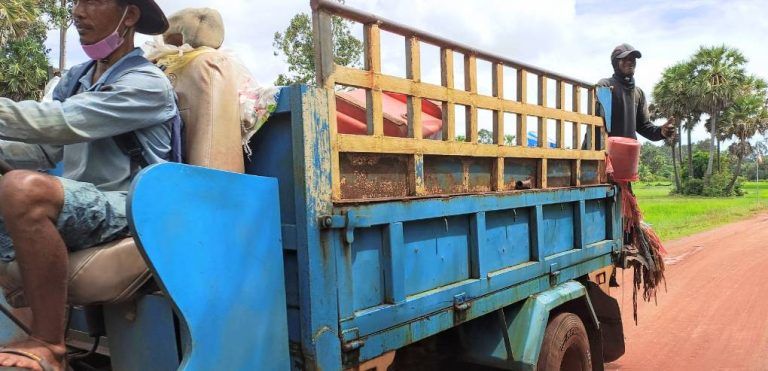
Are There Still Elephants Left in Cambodia?
The Plight of Elephants in Cambodia - Population, Threats, Conservation and Ethical Encounters
Learn about the dire status of endangered elephants in Cambodia. Discover why Asian elephant numbers have declined, explore key threats, and see how ethical tourism and conservation initiatives offer a lifeline.
Are There Still Elephants Left in Cambodia?
Once revered in religion and culture, today Cambodia’s elephants face a precarious future. Decimated by poaching and squeezed into ever-shrinking pockets of wilderness, the population of these gentle giants has plummeted. Yet amid habitat loss and human conflicts, flickers of hope remain to bring the elephant back from the brink.
Cambodia was once home to large herds of elephants. But decades of poaching, habitat loss and war have decimated their numbers.
So what is the status of elephants in Cambodia today? Are there any left in the wild? And what efforts are underway to protect these intelligent and emotive animals?
In this in-depth guide, we’ll cover everything you need to know about the gentle giants of Cambodia, from their dwindling population and conservation challenges to the best places to see them in their natural habitat:
An Overview of Elephants in Cambodia
Elephants have played an important role throughout Cambodia’s history, being used as beasts of burden and even war animals. The elephant is the national symbol of Cambodia, revered in mythology and culture.
Cambodia was once rich in lush forests and savannas – perfect elephant habitats. But excessive hunting and forest clearance in the 20th century led to a dramatic decline in numbers.
From over 1000 wild elephants in the 1940s, today it’s estimated only 250-600 remain. Their conservation status is dire, with Asian elephants now classified as “Endangered” by the IUCN Red List.
3 Main Species of Elephants Found in Cambodia
There are three elephant species found in Cambodia:
Asian Elephant
The Asian elephant is the most common species, found scattered across south and southeast Asia. In Cambodia, their range has shrunk to small pockets of the Cardamom Mountains and Eastern Plains landscape.
Asian elephants have smaller ears than their African cousins. Only some adult males grow tusks. They thrive in tropical forests but also use grasslands, scrublands and wetlands.
With an estimated population of only 200-250, the wild Asian elephant is under grave threat in Cambodia. Habitat loss has confined them to ever-shrinking fragments of viable habitat. They frequently come into conflict with local farmers too when searching for food.
Sri Lankan Elephant
The Sri Lankan elephant is a subspecies of the Asian elephant found mainly in Sri Lanka. In Cambodia, they survive only in captivity now.
Around 5,000 of these gentle giants were domesticated in the 19th century to work in the forestry industry. But their numbers have since declined to an estimated 250 captive elephants today.
African Savanna Elephant
The African savanna elephant is found widely in sub-Saharan Africa. But a small population also exists in Cambodia due to imports in colonial times.
These elephants are larger than Asian elephants and both males and females grow tusks. Today there are an estimated 15 African elephants living in captivity in Cambodia.
Current Population Status of Elephants
In the 1940s, Cambodia’s elephants numbered over 1000. But decades of poaching and deforestation have decimated populations.
It’s estimated only 250-600 elephants remain today in Cambodia. The majority are Asian elephants surviving in the wild. There are also about 250 domesticated Sri Lankan elephants and 15 captive African elephants.
Exact figures are hard to verify given their remote forest habitats. But the dramatic decline shows just how critically endangered Cambodia’s elephants have become.
Major Threats Facing Elephants in Cambodia
What caused Cambodia’s elephants to decline so precipitously from over 1000 to only several hundred today? Several key threats are driving the crisis:
Habitat Loss and Fragmentation
The greatest threat is habitat loss as Cambodia’s forests are cleared for logging, agriculture and development. Elephants require extensive home ranges but farming has disrupted traditional migration routes and fragmented the landscape.
Compared to over 70% forest cover in the 1940s, only around 57% of Cambodia remains forested today. And elephants are increasingly boxed into small, disconnected pockets of habitat – driving conflict with nearby villages.
Poaching
Elephants continue to be poached at alarming rates in Cambodia for their ivory tusks. From 2007-2014, at least 45 elephants were poached just within the Eastern Plains landscape.
While the ivory trade has slowed due to greater law enforcement and dropping demand, some poaching persists to supply local carving demands. Even killing a handful of breeding-age females a year hampers reproductive rates.
Human-Elephant Conflict
As elephant habitat shrinks, the gentle giants are increasingly straying into agricultural areas and villages in search of food – sparking conflict with farmers.
Crop-raiding incursions pits villagers against elephants, often with fatal outcomes on both sides. Elephants raids can devastate small-scale farming yields, yet locals may also poison or shoot marauding elephants in retaliation.
Loss of Corridors
The decline in forest cover also severs traditional elephant migration corridors. Asian elephants migrate seasonally – but destroyed connectivity between habitat fragments leaves populations isolated and vulnerable.
Having no access to new foraging areas or mates risks inbreeding depression and creates tensions with farmers on forest fringes. Protecting corridors is thus crucial for elephants’ survival.
Conservation Efforts Working to Protect Elephants in Cambodia
Given the grave plight of elephants in Cambodia, what conservation efforts are underway to safeguard their future?
Several organizations are working to boost protection, curb poaching, restore habitats and defuse human-elephant conflicts:
Strengthened Law Enforcement
Stronger enforcement of wildlife laws by rangers and the Forestry Administration aims to deter poaching. Teams now regularly patrol key sites and remove snares. As a result, the illegal ivory trade has declined since the mid-2000s.
Anti-Poaching Informant Networks
Conservation groups support extensive informant networks in local communities to provide tips on poaching activity. In the Eastern Plains, over 90% of leads on poaching now stem from resident tip-offs – enabling authorities to stop poachers in their tracks.
Habitat Restoration
Reconnecting fragmented habitats is vital for safeguarding elephants. The restoration of abandoned logging roads to re-establish corridors has helped link severed populations in the Cardamom Mountains. Agro-forestry initiatives also aim to extend elephant habitats.
Human-Elephant Conflict Mitigation
Programs exist to help farmers co-exist with elephants through non-lethal deterrents like chili fences and buffer crops around fields. Quick response teams also drive marauding elephants back to the forest to limit costly damage to crops.
Such initiatives show that by working with local communities, elephants and people can live in greater harmony in Cambodia’s shrinking wildernesses.
The Best Places to See Wild Elephants in Cambodia
Want to visit Cambodia and witness elephants in their natural habitat? Here are the top sites to spot these endangered giants:
Cardamom Mountains
The lush Cardamom Mountains contain one of the largest populations of wild elephants in Cambodia. Around 150-200 Asian elephants still roam these misty highlands and forests spanning southwest Cambodia.
Eastern Plains
The remote Eastern Plains covering parts of Mondulkiri and Ratanakiri Provinces are home to an estimated 50-100 wild elephants. This population relies on seasonal wetlands within the mosaic of rolling grasslands and woodlands.
Phnom Prich Wildlife Sanctuary
Phnom Prich Wildlife Sanctuary in northeast Cambodia protects one of the region’s few remaining viable elephant populations, with herds of 30-60 elephants recorded here in the dry dipterocarp forests.
With around 250-300 wild elephants estimated across these three sites, seeing these rare giants takes patience and luck. But glimpsing them in their jungle habitat makes it all worthwhile.
Elephant Sanctuaries and Conservation Centers in Cambodia
You can also get up close to Cambodia’s elephants at the various sanctuaries and camps focused on their protection:
NEPLS Elephant Valley Project
The NEPLS Elephant Valley Project in Mondulkiri is a pioneer in ethical elephant tourism. Its sanctuary shelters elderly and disabled working elephants in a natural haven. You can visit and observe the elephants but riding is prohibited.
Elephant Livelihood Initiative Environment (ELIE)
ELIE partners with Bunong indigenous communities to rescue elephants from abusive owners and provide a sanctuary promoting welfare. They aim to return elephants to the wild. Visitors can stay or volunteer long-term.
Cambodia Wildlife Sanctuary
Run by Wildlife Alliance, this sanctuary near Phnom Penh houses over 80 rescued animals. Around 10 Asian elephants are cared for here, with plans to expand capacity to 30. You can visit the elephants and support the center’s conservation mission.
Visiting such ethical, nonprofit sanctuaries supports the protection of Cambodia’s elephants through tourism. Make sure to choose centers that prioritize welfare over exploitation.
The Challenges of Elephant Captivity in Cambodia
While elephant tourism provides income, captive elephants often face abuse. Rules introduced in 2016 aimed to improve conditions but lax enforcement persists.
Rather than roaming up to 30 miles daily in the wild, most captive elephants are chained when not working and fed inadequate diets. Harsh training techniques may still be used to crush elephants’ spirits and make them submissive for activities like rides.
Captivity prevents natural socialization too – so experts recommend avoiding venues offering elephant rides or performances. Instead opt for sanctuaries focused solely on conservation and care.
The Outlook for the Future – Is There Hope for Cambodia’s Elephants?
Given the small population today, what is the outlook for Cambodia’s elephants?
Their situation is precarious. Asian elephants are still poached for ivory and human conflicts persist. If habitat loss continues, the isolated pockets of Kouprey and other endangered wildlife native to Cambodia could wink out entirely.
Yet there are also signs of hope. Strengthened conservation efforts have stemmed poaching and pioneered ways for humans and elephants to co-exist.
If these initiatives persist alongside habitat restoration and species monitoring, Cambodia’s remaining wild gentle giants could yet be saved from extinction. Though time is fast running out for these ancient, intelligent creatures that have roamed Cambodia’s wildlands for millennia.
Elephants Have Long Been Revered in Cambodian Culture
Beyond conservation, elephants hold an exalted place in Cambodia’s culture.
In Angkorian times from the 9th to 15th century, elephants were prized as royal mounts, beasts of burden, and war animals. Carvings and stone engravings depicting war elephants still adorn many Khmer Empire temples.
To this day, elephants remain embedded in Buddhism and folklore as symbols of strength and wisdom. The elephant is also one of nine holy creatures in the lower realms of Buddhist cosmology.
This enduring cultural significance makes preserving Cambodia’s remaining elephants all the more important. Losing them would represent the tragic destruction of part of Cambodia’s living heritage.
Discover Elephants on a Specialized Siem Reap Tour
If you want to have the once-in-a-lifetime experience of seeing endangered Asian elephants in the lush Cambodian rainforest, join a specialized tour from Siem Reap:
- Siem Reap Elephant Tours take you into the wilds of the Cardamom Mountains to observe elephants in their natural habitat.
- Siem Reap Elephant Tours with Temples combine elephant encounters with Angkor’s spectacular ancient temples.
You can also arrange premium customized tours for elephant experiences paired with other bucket-list adventures in Cambodia.
Just ensure tour companies follow ethical practices supporting elephant welfare and conservation. Avoid those offering rides or performances.
As elephant habitats vanish, these specialized tours may soon offer the only chance left to spend time with Earth’s largest land mammal in the wild.
NOTE:
Our guests testimonial.
As someone passionate about ethical elephant encounters, I was thrilled to join the Siem Reap Elephant Tour into the countryside outside Siem Reap. This specialized tour took my partner and I to the Kulen Elephant Forest Sanctuary, giving us a rare opportunity to observe these endangered giants up-close in their natural habitat.
We were picked up right on time from our Siem Reap hotel by our personal tour guide Mr. Brown in a private air-conditioned van. Having a private guide allowed us to customize our day based on our interests, and Mr. Brown was incredibly knowledgeable about elephants and their conservation. He shared fascinating insights that brought these majestic creatures to life.
The smooth 30-minute drive took us past small villages and rice paddies into the verdant Kulen sanctuary. We were among just a handful of visitors that day, allowing an intimate experience free of crowds. The quiet setting made it feel like we were being let into a special secret world.
At the sanctuary, we were able to quietly observe a small herd of elephants from a discreet viewing platform. Watching the elephants graze and socialize in their rainforest home was an unforgettable privilege. The sanctuary’s approach put the elephants’ wellbeing first rather than exploiting them for tourism.
Being able to support such an ethical model of elephant-friendly tourism in Cambodia left me feeling hopeful that solutions exist for humans and wildlife to coexist.
The Elephant Tour showed how low-impact ecotourism can help fund conservation work too.
Back in Siem Reap, memories from our amazing elephant encounter stayed with me. The personalized tour allowed an extra degree of insight and access that would have been impossible in a big group. Seeing these rare Asian elephants up close remains one of my most cherished travel experiences.
In Summary
| Elephants in Cambodia | Threats and Conservation | Ethical Encounters |
|---|---|---|
| Once 1000+ elephants, now only 250-600 remain | Habitat loss main threat as forests cleared | Join tour to see elephants in the Cardamom Mountains |
| 3 species: Asian, Sri Lankan, African elephants | Poaching continues for ivory; 45 killed 2007-2014 | Visit elephant sanctuaries like NEPLS Valley Project |
| Exact figures unknown given remote forest habitats | Human-elephant conflict a problem for farmers | Experience elephant conservation at ELIE sanctuary |
| Cultural significance as national symbol and in Buddhism | Corridors severed and populations isolated | Discover elephants on specialized ethical Siem Reap tours |
| Outlook precarious but conservation efforts offer hope | Anti-poaching patrols deter ivory trade | Siem Reap Elephant Tour into the wilds |
| If poaching and habitat loss continues, extinction looms | Habitat restoration via agro-forestry | Ultimate Adventure Tour with elephants |
Conclusion
Cambodia’s elephants have declined from over 1000 individuals a century ago to just several hundred survivors today. Habitat loss, poaching and conflict with humans have brought them to the brink.
Yet through strengthened conservation efforts, community engagement, habitat restoration and elephant-friendly tourism, Cambodia’s remaining giants still have hope.
With time running short, the gentle Asian elephant – revered in culture and religion – can still be saved from fading into mythology. These sentient beings, as socially complex and intelligent as great apes, deserve a future free to wander Cambodia’s jungles.
Keeping forests standing and allowing space for wildlife ensures future generations can also experience the wonder of seeing elephants in the Cambodian wilds.
Want to visit Cambodia and support elephant conservation? Our bespoke tours offer privileged encounters with these emotive creatures while prioritizing ethical practices.
Further Reading
| Blog Title | Description |
|---|---|
| Siem Reap Elephant Tour vs Countryside Tour | Compares experiences of a dedicated elephant tour vs a general countryside tour in Siem Reap. Useful for deciding which type of tour to take to see elephants. |
| 7 Day Siem Reap Tour Itinerary | Details a comprehensive 1-week itinerary to experience Siem Reap, including potential elephant encounters. Valuable for trip planning. |
| Top Choice for Angkor Early Bird Tours | Highlights the Angkor temples and includes tips on combining with elephant viewing. Good for those wanting to visit Angkor archaeological area. |
| Understanding Siem Reap’s Weather | Breaks down Siem Reap’s climate by month to aid in trip preparation. Useful context for elephant tours. |
| What to Pack for Siem Reap | Provides packing list and tips for a Siem Reap trip, including on elephant excursions. Helpful for getting ready for your tour. |
Featured
Recent Articles
Explore more on My Siem Reap Tours
Koh Ker and Beng Mealea guided tour | Banteay Srei temple tour semi-private guided tour | Angkor Wat Sunrise shared tour | Koh Ker and Beng Mealea guided tour | Morning Siem Reap floating village tour | Afternoon Siem Reap floating village tour | Private Angkor Wat special tour | Kulen Waterfall small group guided Tour | Private Angkor Wat mix temples photo tour
